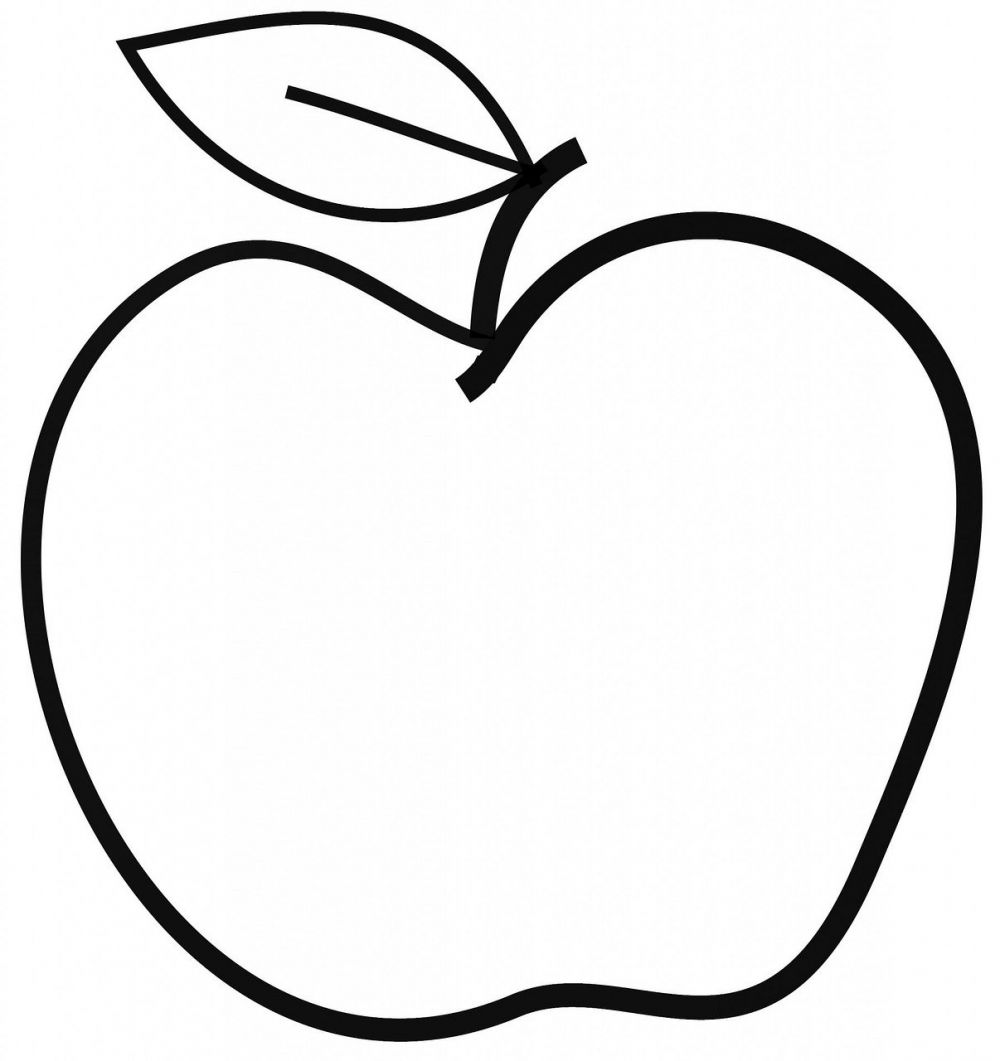USB-C Apple: A Comprehensive Guide to the Future of Connectivity

Introduction
In recent years, USB-C has emerged as the latest standard for connectivity, particularly in the Apple ecosystem. With its sleek design and versatile capabilities, USB-C has revolutionized the way we connect and charge our devices. In this article, we will delve into the world of USB-C Apple, providing a thorough overview, an extensive presentation of its various types, quantitative measurements, a discussion on their differences, and a historical perspective on their pros and cons.
Overview of USB-C Apple

USB-C Apple is the integration of USB-C technology into Apple devices, including MacBooks, iPads, iPhones, and more. It offers a compact and reversible connector that enables fast data transfer rates, high-quality video output, and efficient power delivery. Compared to its predecessors, USB-C provides a universal standard, making it compatible with a wide range of devices and accessories.
Types of USB-C Apple
There are several types of USB-C Apple connectors available on the market. The most common ones include:
1. USB-C to USB-C: This type of cable is commonly used for charging and data transfer between USB-C devices, such as connecting a MacBook to an external hard drive or charging an iPhone using a MacBook’s power adapter.
2. USB-C to Lightning: Apple introduced this cable to enable fast charging and syncing between USB-C MacBooks and Lightning-enabled devices like iPhones and iPads. It allows users to conveniently connect their iOS devices directly to their MacBook without the need for additional adapters.
3. USB-C to USB-A: This cable is useful for connecting USB-C devices to legacy USB-A peripherals, such as printers, keyboards, or external monitors. It provides backward compatibility, allowing users to utilize their existing USB-A accessories with USB-C Apple devices.
Popular USB-C Apple Products
USB-C Apple has gained immense popularity due to its convenience and versatility. Some of the most popular USB-C Apple products include:
1. MacBook Pro: Apple’s flagship laptop now exclusively features USB-C ports, allowing for lightning-fast data transfer, charging, and connecting to external displays.
2. iPad Pro: The latest iPad Pro models also incorporate USB-C connectivity, offering increased versatility and enabling the connection of external accessories such as cameras, keyboards, and monitors.
Quantitative Measurements of USB-C Apple
USB-C Apple boasts impressive quantitative measurements that highlight its capabilities:
1. Data Transfer Speeds: USB-C Apple supports USB 3.1 Gen 2 standard, which offers data transfer speeds of up to 10 Gbps, ensuring swift and seamless file transfers between devices.
2. Power Delivery: USB-C Apple implements the USB Power Delivery (USB PD) standard, which enables fast charging for devices. This means that users can charge their MacBook or iPhone at a much faster rate compared to previous USB versions.
Differences Among USB-C Apple Variants
USB-C Apple connectors may vary in terms of their capabilities and performance. Some key differences include:
1. Power Output: USB-C to USB-C cables typically support higher power output compared to USB-C to Lightning or USB-C to USB-A cables. This impacts the charging time and compatibility with various devices.
2. Data Transfer Speed: While all USB-C Apple connectors offer high-speed data transfer, USB-C to USB-C provides the fastest data rates, followed by USB-C to Lightning and USB-C to USB-A.
Historical Perspective on USB-C Apple
Over the years, USB-C Apple has brought significant changes to connectivity. However, it’s essential to understand the historical context and the pros and cons associated with different USB-C Apple variants:
1. Pros: USB-C Apple offers a single standard for various devices, reducing the need for multiple cables and adapters. It also provides fast charging, high-speed data transfer, and the ability to connect to external displays. Additionally, USB-C Apple is future-proof as more devices adopt this standard.
2. Cons: The transition from older connectivity standards to USB-C Apple may require users to purchase new cables and adapters. Additionally, it can be challenging to differentiate between different USB-C Apple cable variants and their specific capabilities, causing confusion for some users.
Conclusion
USB-C Apple has revolutionized connectivity, offering a versatile and standardized solution for Apple devices. With its various types, impressive quantitative measurements, and distinctive features, USB-C Apple has become an integral part of the Apple ecosystem. As technology continues to evolve, USB-C Apple ensures that users can stay connected, powered up, and efficient in this increasingly digital world.
[INSERT VIDEO HERE]
Remember, when exploring the world of USB-C Apple, ensure compatibility with your specific device and choose the appropriate cable or adapter for your needs. Embrace the future of connectivity with USB-C Apple and unlock the full potential of your Apple devices.











